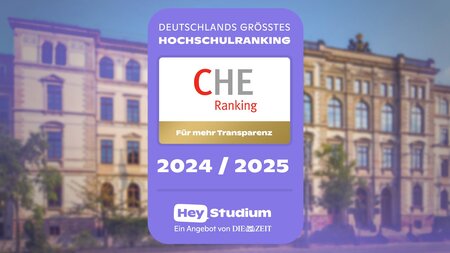Eintrag in der Universitätsbibliographie der TU Chemnitz
Self-Assembly of Functionalized Porphyrin Molecules on Semiconductor Nanocrystal Surfaces
Kurzfassung in deutsch
Im Fokus dieser Dissertation stehen anorganisch-organische Hybridaggregate aus Kadmiumselenid-Nanokristallen und funktionalisierten Porphyrinmolekülen in Lösung. Mit Hilfe von statischen und zeitaufgelösten Methoden der optischen Spektroskopie wird nachgewiesen, daß die Bildung der Aggregate durch spontane Adsorption der funktionalisierten Moleküle an der Nanokristalloberfläche erfolgt. Dabei ist von einem dynamischen Gleichgewicht zwischen den Porphyrinmolekülen und den ursprünglichen Nanokristall-Liganden (TOPO) auszugehen. In der Photophysik der Hybridaggregate lassen sich ein resonanter Energietransfer nach Förster, der vom Nanokristall zum Porphyrinmolekül gerichtet ist, sowie eine Elektronen-Austauschwechselwirkung zwischen beiden Komponenten nach Dexter nachweisen. Mit Hilfe einer Erweiterung des Stern-Volmer-Ansatzes zur Beschreibung der Fluoreszenzlöschung für bimolekulare Reaktionen können die jeweiligen Anteile für eine Serie von Nanokristallen unterschiedlicher Größe und zweierlei Beschaffenheit grob quantifiziert werden. Ferner wird der Einfluß diffundierender Ladungen auf die Quantenausbeute von Halbleiternanokristallen anhand von zeitkorrelierter Einzelphotonenerfassung untersucht. Mit Hilfe einer Detektionsmethode, die die Zeitreihe der Ankunftszeiten einzelner Photonen erhält (tt-TCSPC), ist es möglich, den in eine Polymermatrix eingebetteten Halbleiternanokristallen charakteristische Fluktuationen der Fluoreszenzlebensdauer mit individueller Zeitkonstante zuzuordnen.
Kurzfassung in englisch
This Thesis is devoted to the formation and the photophysics of inorganic/organic hybride nanoaggregates designed from CdSe semiconductor nanocrystals and pyridyl-functionalized porphyrin molecules in solution at ambient conditions. The formation of the aggregates is revealed to be based on a spontaneous adsorption of the functionalized porphyrin molecules on the nanocrystal surfaces, with a dynamic equilibrium sustained due to the competition with TOPO, ie. the original surface ligand. The evidence for the existence of the self-assembled aggregates is furnished by the proof of a directed Förster resonant energy transfer from the nanocrystal to the porphyrin molecules at low compound concentrations. By means of steady-state and time-resolved optical spectroscopy, the resonant energy transfer (RET) is valued to be accompanied by at least one more secondary quenching mechanism. Motivated by the aptitude of the nanocrystals to host more than one molecule at once, the detection and quantification of this process is done by an extension of the conventional Stern-Volmer kinetics valid for bimolecular reactions. With that, the secondary interaction process aside from RET is explained in terms of a Dexter-type energy transfer that, on ist part, can be put down to a generation of charge-induced shallow trap states within the semiconductor nanocrystal. This model is in qualitative accordance with the known phenomena of fluorescence intermittency and spectral diffusion. The role of a fluctuating environment to affect the fluorescence quantum yield of the nanocrystals is confirmed by time-tagged time-correlated single-photon counting (tt-TCSPC) on single nanocrystals in a polymer matrix. The measurements show that the fluorescence lifetime of the nanocrystals is characterized by individual characteristic fluctuations possibly induced by temporal and spatial inhomogeneities in the distribution of the dielectric constants.
| Universität: | Technische Universität Chemnitz | |
| Institut: | Institut für Physik Allgemein | |
| Fakultät: | Fakultät für Naturwissenschaften | |
| Dokumentart: | Dissertation | |
| Betreuer: | Cichos, Frank (Prof. Dr.) | |
| URL/URN: | http://archiv.tu-chemnitz.de/pub/2007/0145 ; urn:nbn:de:bsz:ch1-200701451 | |
| Quelle: | 2007. - 217 S. | |
| Freie Schlagwörter (Deutsch): | Einzelmolekülspektroskopie, Funktionalisierung, Halbleitergrenzfläche, Monte-Carlo-Simulation, Nanokristall, Optische Spektroskopie, Porphyrin, Selbstorganisation, Zeitauflösung | |
| Tag der mündlichen Prüfung | 03.09.2007 |




